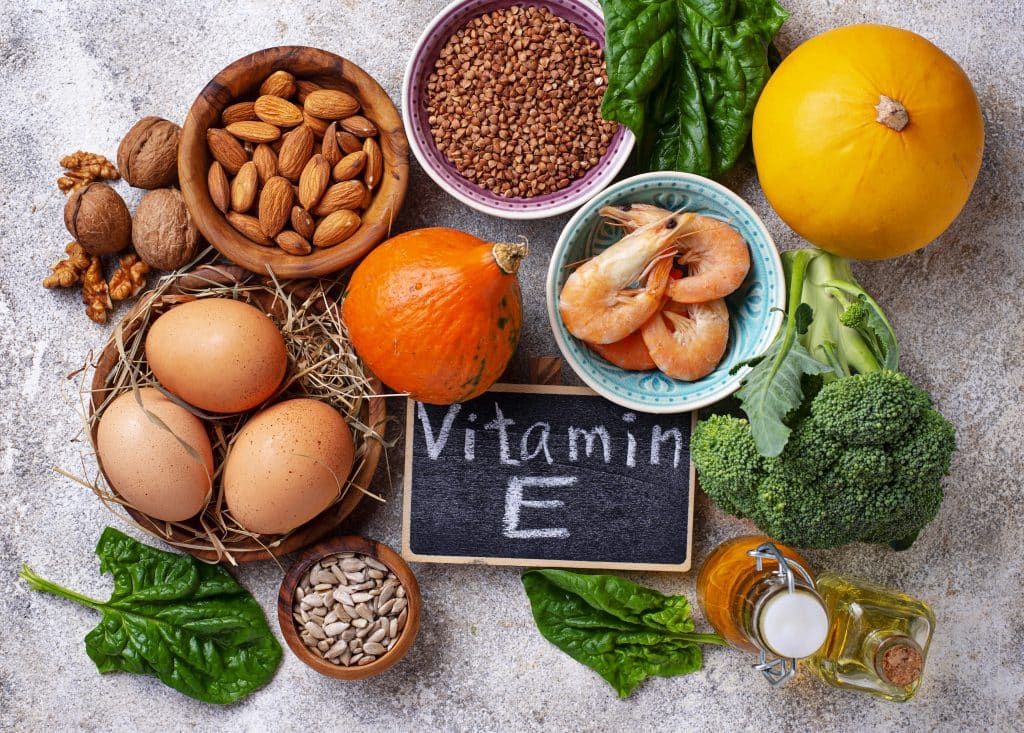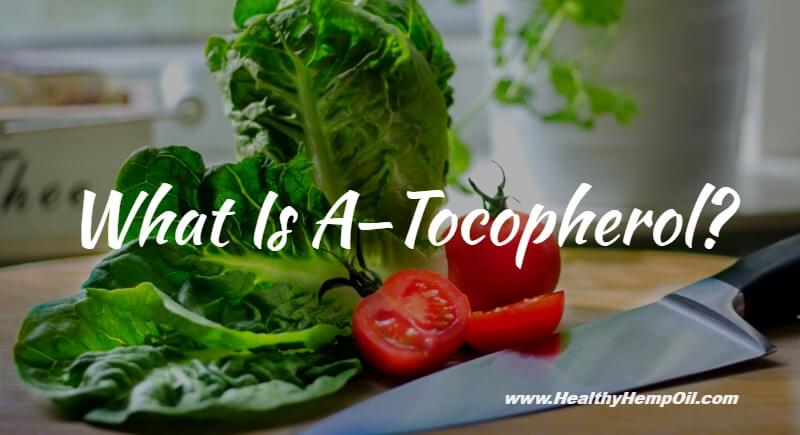Education
What Is A-Tocopherol?
What Is A-Tocopherol?
A-tocopherol, commonly known as vitamin E, is the most biologically active form of vitamin E in humans. This fat-soluble antioxidant plays a crucial role in protecting cells from oxidative stress, supporting immune function, and maintaining healthy skin. A-tocopherol is abundant in foods such as nuts, seeds, and vegetable oils and is often included in dietary supplements and skincare products.

What Does A-Tocopherol Do?
A-tocopherol functions primarily as an antioxidant, neutralizing free radicals that can cause cellular damage and contribute to chronic diseases such as cancer and cardiovascular conditions. Here’s an overview of its key benefits:
- Cellular Protection: A-tocopherol helps prevent lipid peroxidation, a process where free radicals damage the fats in cell membranes. This protection is essential for maintaining healthy skin and tissues.
- Immune Support: It enhances immune response, especially in older adults, by protecting immune cells from oxidative damage.
- Anti-inflammatory Properties: A-tocopherol can help reduce inflammation, which plays a role in skin disorders and joint health.
- Wound Healing and Skin Health: It promotes faster wound healing and improves skin hydration, making it a staple ingredient in skincare formulations.
For more scientific insights, the National Institutes of Health (NIH) has an in-depth review of vitamin E and its roles in human health.
Scientific Facts About A-Tocopherol
- Molecular Structure: A-tocopherol is a part of the vitamin E family, which includes four tocopherols and four tocotrienols. A-tocopherol stands out for its high bioavailability, meaning it is more readily absorbed and utilized by the body.
- Antioxidant Power: According to research published in The Journal of Clinical Nutrition, A-tocopherol scavenges free radicals and interrupts oxidative chain reactions, making it a critical nutrient for managing oxidative stress.
- Cardiovascular Benefits: Studies have shown that sufficient intake of A-tocopherol can help reduce the risk of cardiovascular diseases by preventing the oxidation of low-density lipoprotein (LDL) cholesterol .
How A-Tocopherol Relates to CBD Products
A-tocopherol is increasingly incorporated into CBD-based wellness and skincare products due to its antioxidant and anti-inflammatory properties. Here’s how it enhances CBD formulations:
- Enhanced Skin Care: CBD is known for its anti-inflammatory effects, and when combined with A-tocopherol, the formulation becomes more effective at soothing irritated skin, reducing redness, and supporting wound healing.
- Oxidative Stress Reduction: Both CBD and A-tocopherol help neutralize oxidative stress, which can slow aging and protect the skin from environmental damage.
- Product Stability: A-tocopherol can help extend the shelf life of CBD oils and balms by preventing oxidation, ensuring that the product remains potent for longer.
- Synergistic Effects: When used together, A-tocopherol and CBD can produce a synergistic effect, amplifying their antioxidant and anti-inflammatory benefits.
A study from Frontiers in Pharmacology suggests that combining natural antioxidants like vitamin E with cannabinoids may improve therapeutic outcomes.
A-Tocopherol in CBD Products: Key Examples
- Topical Balms and Lotions: Many CBD-infused skincare products include A-tocopherol to boost hydration and repair damaged skin.
- CBD Oils: Some tinctures feature vitamin E to enhance stability and antioxidant protection.
- CBD Capsules: Formulations with vitamin E can provide additional immune and skin health benefits.
Final Thoughts
A-tocopherol is a powerful antioxidant with proven benefits for skin health, immune function, and inflammation reduction. Its ability to complement CBD products makes it a valuable ingredient in holistic wellness formulations. When choosing CBD products, consider those that list A-tocopherol (or Vitamin E) for an extra layer of antioxidant protection and enhanced skin support.
FDA Disclaimer: These statements have not been evaluated by the Food and Drug Administration. Products sold by Healthy Hemp Oil are not intended to diagnose, treat, cure, or prevent any disease. The information on our website is intended to provide general information regarding our products and is not to be construed as medical advice or instruction. Read more

